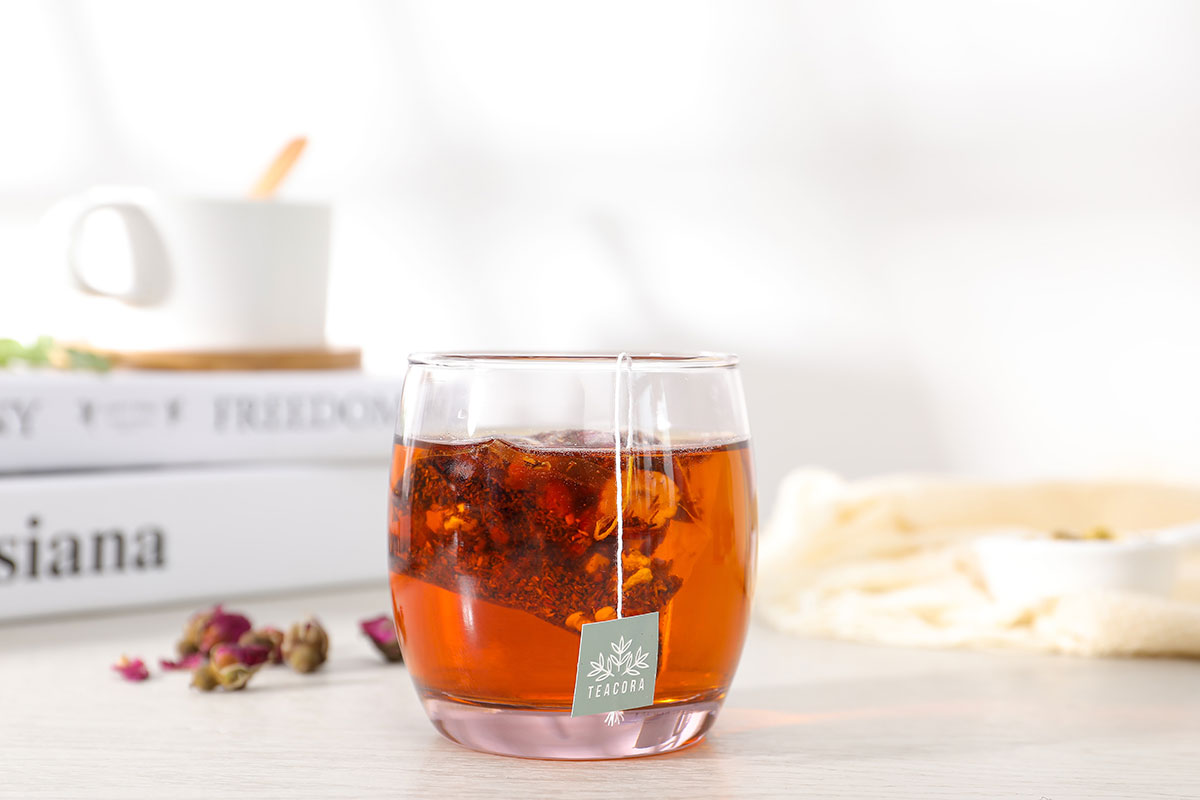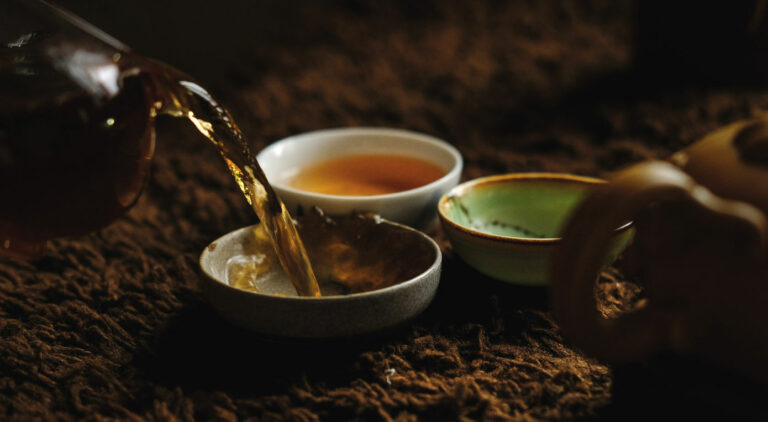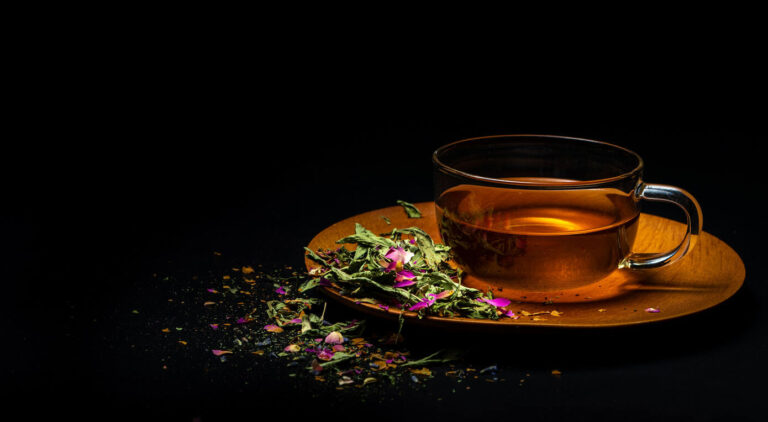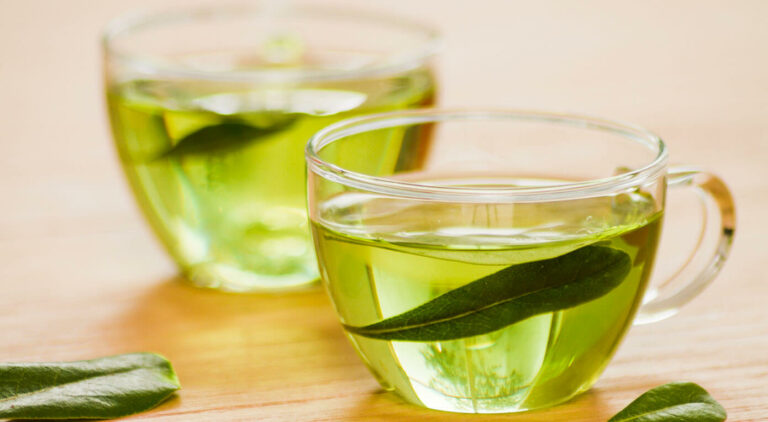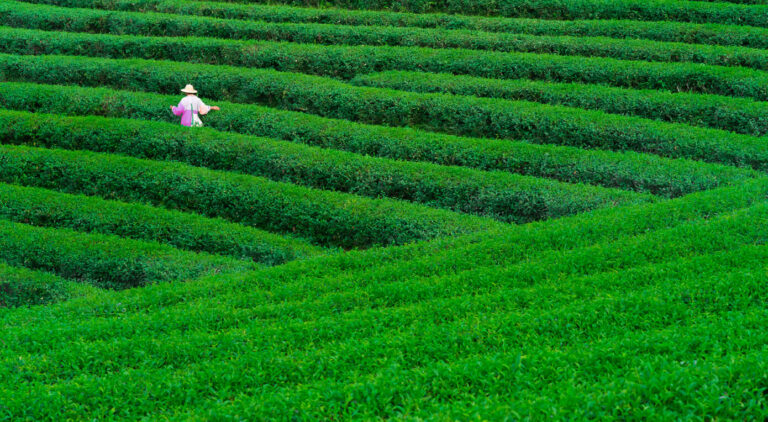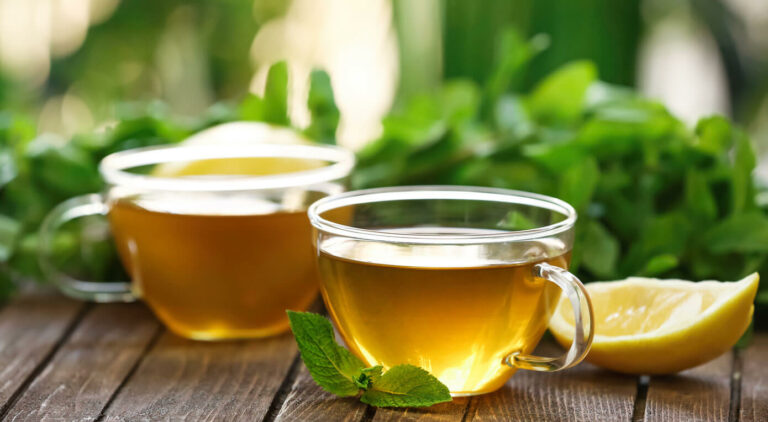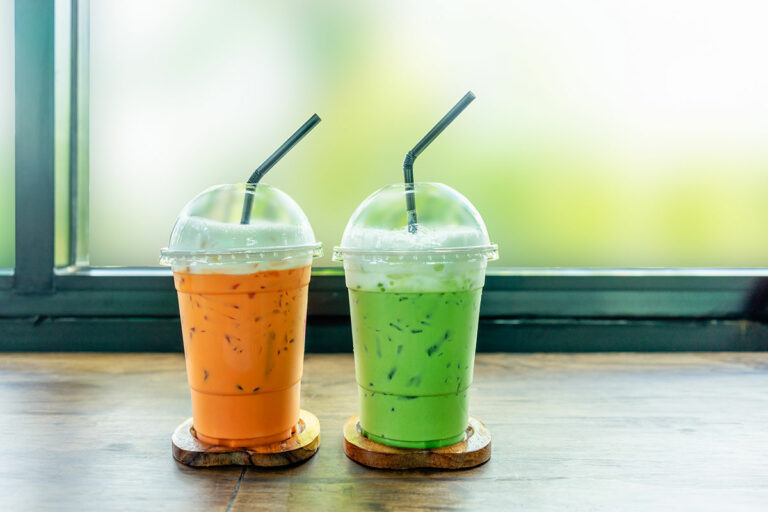How Many Times Can You Steep Tea (2022): 7 Best Tips For Tea Lovers
I live in Singapore and it’s not surprising to have thousands of Chinese restaurants here selling all kinds of Chinese teas. It is common for us to order a pot of Chinese tea like Pu-Erh teas or Chrysanthemum and steep the same batch of tea leaves as many times as our time is spent in the restaurant. It’s unlikely anyone ever reorders a fresh pot of tea. Having been doing this my lifetime, only recently I wonder how many times can you steep tea.
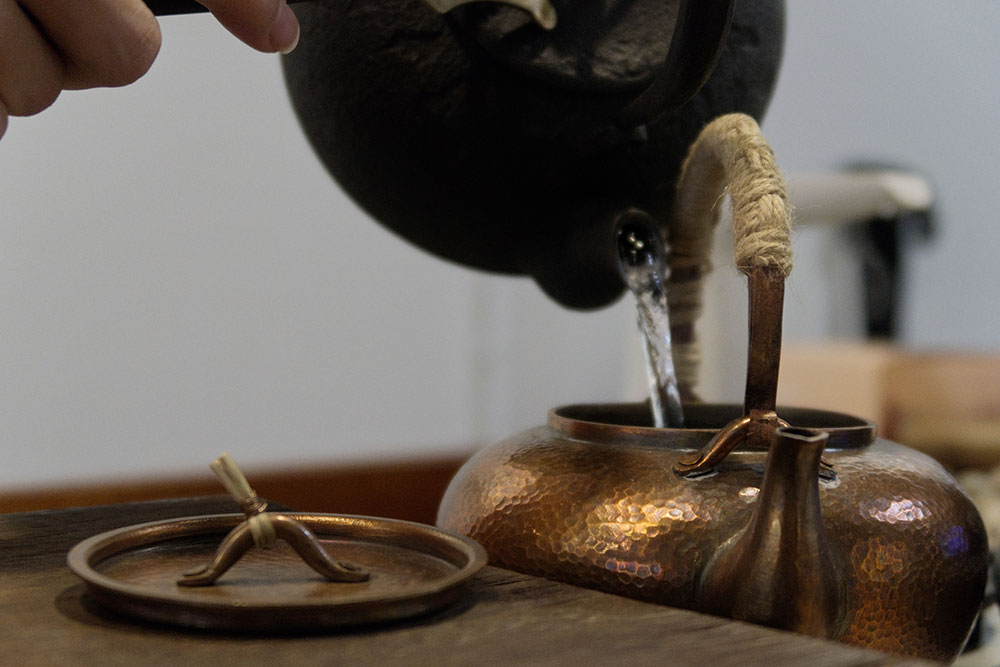
Nothing has happened to me so far for steeping tea over and over again. In fact, I’ve been doing this for different teas for as long as I’ve lived. However, I may have oversteeped tea many times without being conscious of it. Will this make the tea undrinkable? Is it safe to steep tea more than once? Would this be a problem for our health and body? You will find out more in this guide.
What is Steeping Tea?
Steeping is the process of soaking something solid in liquid to allow the flavors from the solid to infuse into the liquid. If you steep a tea bag or loose-leaf tea in hot water, you are soaking them in the water to extract the nutrients and tea taste. Steeping is the act of infusing tea in water and the number of times you steep tea is the number of infusions the tea is made with water.
While the common way of steeping tea is in hot water, you can also steep tea in cold water. As for the results you get, they differ for different types of teas, different water temperatures, and different steeping times. For instance, if you steep green tea leaves, you will see most of the extraction done if it’s been steeped in cold water for a long time. As for white tea leaves, you can get most of the tea extracted if they are steeped for a long time in hot water.[1]https://doi.org/10.1111/1750-3841.13149
You can also steep coffee like how you steep tea!
Can You Steep Tea More Than Once?
How many times can you steep tea? You can steep tea in water more than once, which also means, you can steep tea as many times as you want. However, regardless of the number of times you steep, once tea is steeped, part of the batch of tea will be infused into the water. This means what is left in the tea leaves or tea bag will be less than what it was before, including the taste and nutrient components such as anti-oxidant, a cancer prevention component.
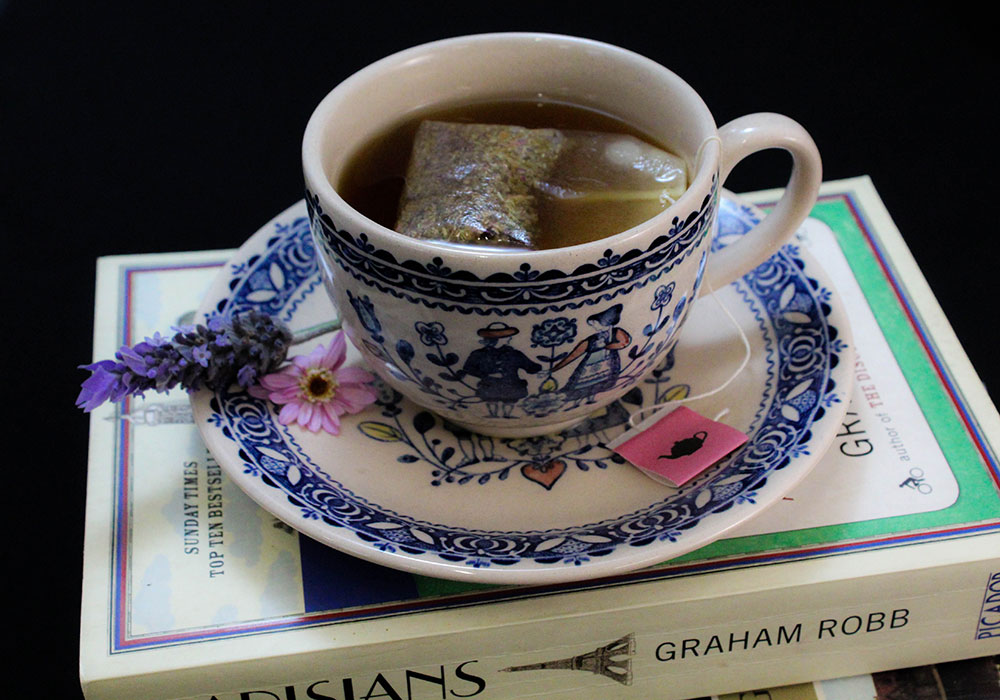
Why Would You Want to Steep Tea More Than Once?
Tea drinkers commonly steep tea more than once because of various reasons.
- Instead of making strong teas in the first steep, you may want to extract the tea flavor profile more than once
- To get more caffeine out of the tea
- To go for a second cup but ran out of tea bags and loose leaves
- To reduce wastage, the only way is to reuse the tea bag and loose leaves repeatedly
- It can be expensive and steeping more times can help us get more value out of it, such as health benefits and taste
How Many Times Can You Steep Tea?
Although you can steep tea as many times as you want, the best number of times you can steep tea is a maximum of 4 times. This is just a general number. Besides the general properties of steeping tea, how many times you can steep tea depends on several factors, including steeping conditions and personal preferences. Here are some tips for tea lovers:
1. Type of tea
A study has found that among all true teas, steeping green tea more than once can retain more anti-oxidant than other teas like oolong and black tea.[2]https://doi.org/10.1111/ijfs.13572 This could be due to the different production processes the different tea types have been through. Both oolong and black tea leaves are produced from tea leaves undergoing an oxidation process. Oolong tea comes from partial oxidation while black tea comes from over-oxidation of tea leaves.[3]https://en.wikipedia.org/wiki/Tea_processing#Black
As for green tea, it’s made of tea leaves that have been either steamed or pan. They do not undergo the same oxidation process as oolong and black tea. This helps green tea retain the greenish, yellowish color of the tea leaves.
With more tea leaf components and goodness retained in green tea, steeping green tea more than oolong and black tea is encouraged.
2. Water temperature
Water with a lower temperature will extract less out of your tea bag or loose leaves than water at higher temperatures. Using hotter water for steeping gives you less subsequent steeping time than cooler water.
When you have a pot of water and one tea bag, chances are the first steep includes water at a temperature of between 185 to 212 degrees Fahrenheit. But as time goes by, while you sip your tea, the pot of water starts to cool down. By the time you are ready to give your tea bag a second infusion or second steep, the water may cool down to about 158 degrees Fahrenheit.
3. Tea bag or Loose leaf tea
Loose leaves are whole leaves that are more intact and fuller than the leaves in tea bags. This gives the tea a fuller and more wholesome flavor every time you steep the leaves. With more natural tea components trapped in loose leaves, you can steep loose leaves longer and more times than steeping tea bags. Extracting more of these components provides better health benefits than doing so from tea bags.
How Many Times Can You Reuse a Tea Bag?
On average, if you want to maximize the tea flavor from a tea bag, a general rule is to steep at most 3-4 times. Anything more than that will make your tea as flat as plain water and not have much flavor. The first brew or first infusion can usually get the most out of your tea bag if the water temperature is hot enough in 5 minutes. If you wish to steep more than once, it may be a good idea for you to go for a second steep and more at shorter times.
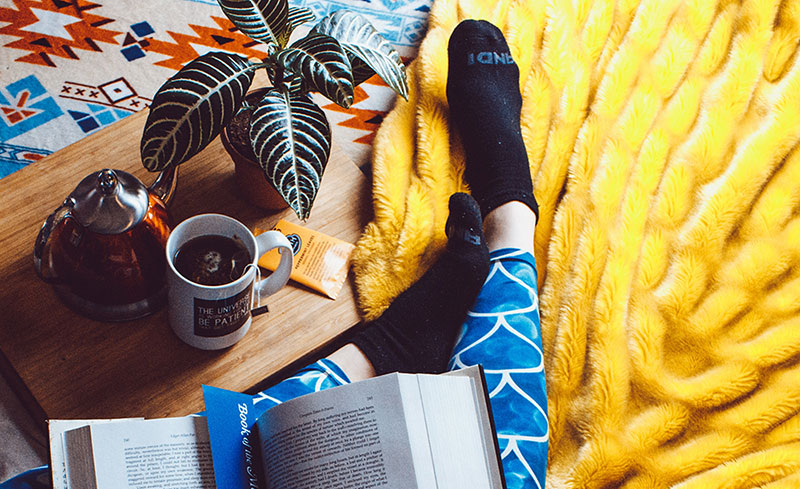
Are you using tea bags or loose leaves to make your tea? Quality of the tea matters when it comes to steeping tea, from taste to substance you ingest into your body. The tea in tea bags is a bunch of tea leaves that have been broken down into fine specks and dust. They are more likely to release more acids and caffeine than the tea flavor. They may also contain other additives that will be extracted the more times you steep. Even if the tea is natural and pure, the bag itself may be made of materials that contain chemicals that may not be safe for the human body in the long run.
A study done by researchers from McGill University in Montreal showed that there are tea bags made of plastic that release billions of harmful microparticles and nanoparticles into tea.[4]https://pubs.acs.org/doi/10.1021/acs.est.9b02540 Although they are tested to contain such components, any potential health risk is still not known. It is best not to steep tea bags too many times or you may wish to switch to whole leaves to avoid such risks.
4. The ratio of tea to the amount of water
The more water you have per batch of tea, the more tea is extracted from the tea bag and tea leaves. This leaves you fewer times to further steep your tea. Less water used will always make your tea stronger in flavor and concentration.
5. First steeping time and subsequent steep time
How long was the first steeping time or duration? If the tea was steeped for 5 minutes or more, most of the tea essence would have been extracted in the first infusion. The second infusion may not give the tea much taste. The longer the steeping duration with a temperature maintained between 185 to 212 degrees Fahrenheit, the more tea component gets infused into the water. These components are lower in levels in subsequent steep time.
6. Amount of time between steeps
Once you’ve steeped your tea the first time, you can remove the tea bag or leaves to steep some more at a later time. But the amount of time between steeps should be kept to a maximum of 1 to 3 hours and not longer than that.
7. Caffeine Levels
Herbal teas are different from true teas since they don’t come from leaves of the Camellia sinensis plant. They don’t have caffeine like true teas, so they won’t taste bitter or infuse more caffeine with more steeps or longer duration of steep time.
As for all teas in general, a study has shown that tea components like caffeine, catechins and gallic acid are highest when tea bags are steeped the second time in water temperature of 158 degrees Fahrenheit. The hotter the water or longer the steeping duration, the more of these compounds are released from the tea bags. After the second steep, the more number of times these tea bags are steeped, the less of these compounds will be present.[5]https://www.sciencedirect.com/science/article/abs/pii/S0021967306022527
How to Steep Tea More Than Once? In 3 Steps
For different tea types, be it with a tea bag or loose tea leaf, it’s always best to brew high-quality tea to brew your perfect cup of tea. Here are the steps to steeping various types of tea more than once for the best results.
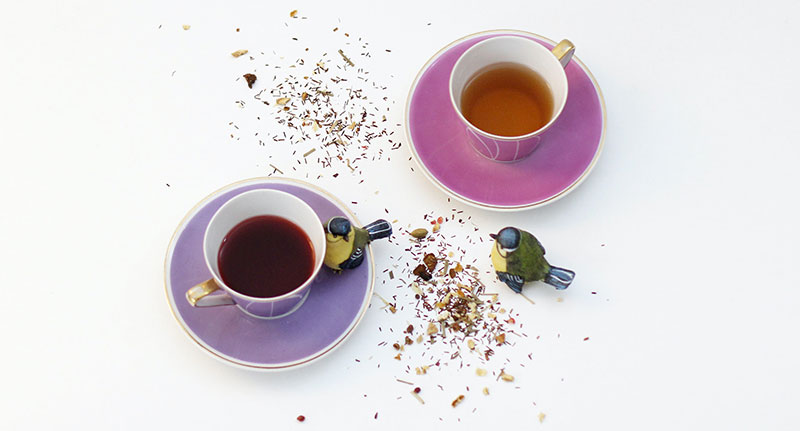
Step 1: First Steep
Steep once in the first cup of hot water for up to 3 minutes. the best steeping time for all true teas is between 3 to 5 minutes. Not too long as all the best flavor will be infused in the first round of steeping and not enough for the second steep.
Tip: Do not squeeze the tea bag or press the tea leaves for more tea. Let the tea components be extracted by the water. Forcing them out will also cause more tannins and acid to be released into the water. This makes your tea taste bitter or sour and more acidic than usual.
Step 2: Remove Tea Bag
After 3 minutes of steeping the first time, gently remove the tea bag or loose tea leaves and set them aside in an empty cup at room temperature.
Step 3: Second Steep
Once you are ready to steep the tea a second time, pour hot water into the cup of used tea. This time, pour less water than before to keep your tea as concentrated as possible.
